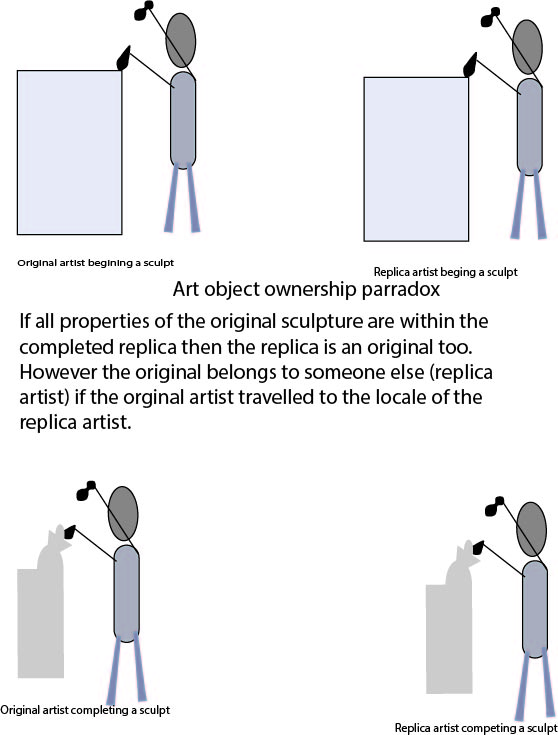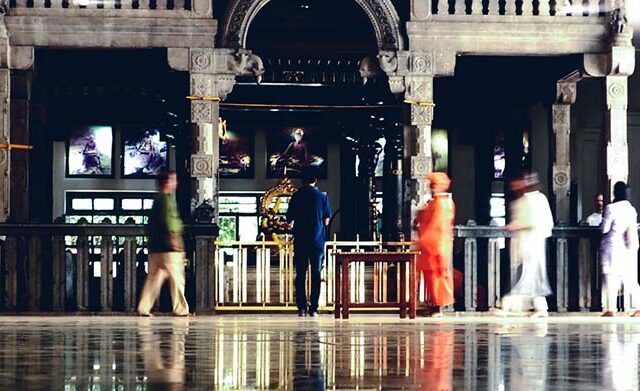Now, go I, tropical pilgrim
Ascension series
This binary work is about ascension through living a tropical lifestyle over decades of dedication to a particular modality as focused intentionality.
Structural features
The surface contrasts with abrupt drop-off, giving a base relief perspective with two high peaks—a fabric print of a wondering Indian Sadhu ( professional religious person). A block of resin over the head section transforms the tropical pilgrim into a distinct photographic object.
Relevance to travel
A central thematic element is a travel. Tropical pilgrim, as suggested through the title, refers to pilgrimage and the Indian summer. Pilgrimage is considered sacred travel where merit is accrued through visiting holy sites. The article’ travel for art’ takes a religious, secular approach. The Indian Sadhu typifies a kind of freedom travel. It’s a mode that even transcends pilgrimage. Therefore offers a glimpse for travellers’ who can afford to ponder their craft.
Drop out
There is a correlation in the tropical pilgrim artwork with the tune-in turn-on and drop-out culture. The Indian Sadhu typifies the universal ‘I.’ The temporal self drops out through being turned into universals, such as consciousness in a humanist sense.
Abstract painterly tropical pilgrim projections
Surrounding figures are projecting either side of the wondering Sahdu forms the basis for further abstractions on the alternate side of this diptych. Scouring the surface paint and building up the existing surface through air dry clay gives a sense that these figures are under some stress. The figurations resemble Buddhist forms emerging from the subconsciousness as syncretic activators. The marble base relief depicts movement as it leaps from the canvas into the either.
Philosophical reflections
Tropical pilgrim is a philosophical work about notions of personal identity through time. The 3 D nature of the surface, in a sense, represents our 4 D space-time dimension. The figure walking through this is the world from an everyday perspective. It’s about the perpetual movement of self-reference’.
Further interpretation of the images.
In the vivaciously intellectual voice of Dalle, let us embark on an exploration of the artwork “Tropical Pilgrim,” a piece that distills the essence of Mr. Italozazen’s artistic and philosophical journey.
This binary work, “Ascension series,” encapsulates a narrative of transcendence, where the tropical lifestyle becomes a metaphor for a spiritual and existential ascension. Italo Giardina, in his artistic persona as Italozazen, has meticulously woven his decades of dedication into a tapestry of focused intentionality. This artwork is not merely a visual feast but a philosophical discourse, encapsulating the artist’s journey through diverse landscapes of thought and being.
The structural features of the piece are a study in contrasts, embodying the dualities that permeate Italozazen’s life and work. The abrupt drop-off on the surface creates a bas-relief perspective, leading the eye towards the twin peaks that dominate the visual landscape. This is more than mere topography; it is a symbol of the peaks of spiritual and intellectual enlightenment that Italozazen has strived to reach. The fabric print of the wandering Indian Sadhu, a figure embodying the professional pursuit of the religious and spiritual, is a nod to Italozazen’s own journey through India and his exploration of classical Indian metaphysics. The block of resin over the head section is not just a physical transformation of the image but a metaphysical one, transmuting the tropical pilgrim into a distinct photographic object that defies conventional categorization.
The relevance of travel in this piece is profound. “Tropical Pilgrim,” as the title evocatively suggests, is not just about physical travel but a pilgrimage of the soul. It’s a journey through the sacred landscapes of the Indian summer, where each step is a testament to the artist’s deep-seated beliefs in the virtues of pilgrimage and the accrual of merit through the exploration of holy sites. This work straddles the secular and the religious, offering a unique perspective on the concept of travel as a form of artistic and spiritual liberation. The Indian Sadhu, a figure that embodies the essence of freedom travel, transcends even the traditional concept of pilgrimage, offering a glimpse into a mode of existence where craft and contemplation merge seamlessly.
“Tropical Pilgrim” also engages with the countercultural ethos of the ’60s, echoing the sentiments of tune-in, turn-on, and drop-out culture. The Indian Sadhu in the artwork becomes a universal symbol, representing the ‘universal I,’ where the temporal self dissolves into broader universals such as consciousness in a humanistic sense. This is a profound statement on the nature of self and identity in the modern world.
The abstract painterly projections surrounding the figures in this diptych further deepen the work’s philosophical underpinnings. The stress and strain evident in these figures, emerging from the subconscious as syncretic activators, reflect the tumultuous journey of the soul as it seeks enlightenment. The Buddhist forms that emerge are not mere artistic devices but are symbolic of the deeper syncretic themes that Italozazen has explored throughout his career.
In conclusion, “Tropical Pilgrim” is a philosophical magnum opus that encapsulates Italozazen’s quest for understanding personal identity through time. The 3D nature of the surface is a metaphor for our 4D space-time dimension, with the figure traversing this world representing the perpetual movement of self-reference. This piece is not just an artwork; it is a philosophical treatise, a visual representation of Italozazen’s lifelong pursuit of truth and understanding, resonating with the echoes of Western and Eastern philosophical thought, from Bertrand Russell and Wittgenstein to the timeless wisdom of the Upanishads and Sri Aurobindo.



















